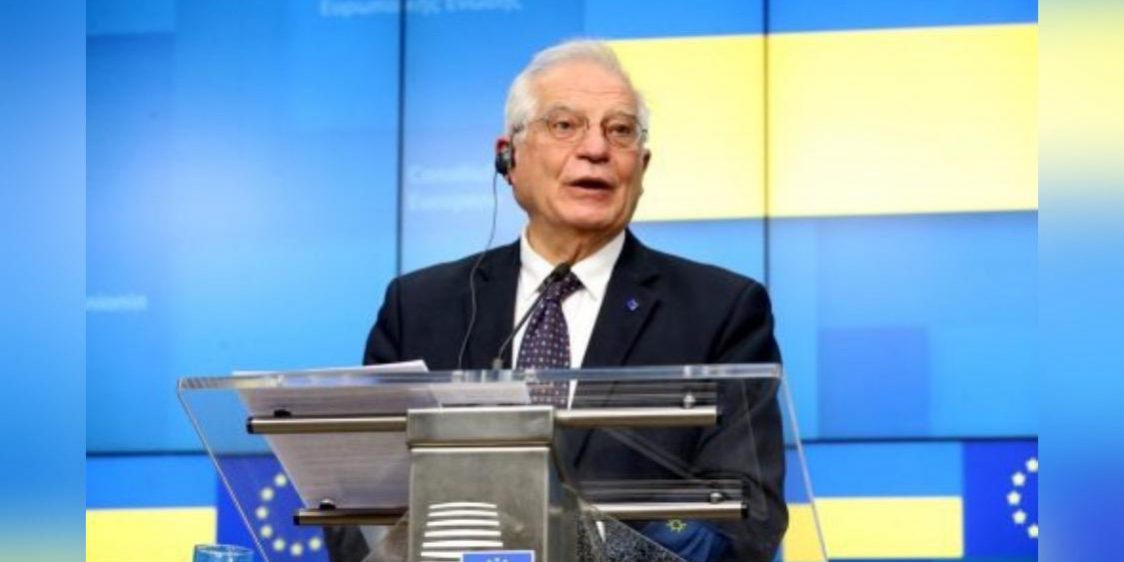The new ASEAN–EU Strategic Partnership announced on 1 December 2020 marks a turning point in the relationship between the two regional organisations — not only has the donor–recipient dynamic of previous decades disappeared, but now the European Union may need ASEAN more than ASEAN needs the European Union.
The strategic partnership contains cooperative arrangements on a wide range of issues, including the economy, ASEAN integration, COVID-19 responses, sustainable development, maritime cooperation and cybersecurity. Yet to deliver on the strategic element of the partnership there are still some challenges to overcome.
The European Union and ASEAN have long emphasised shared values and principles, such as a rules-based international order, multilateralism and free trade. Yet there is evidence that the two are not on the same page. They have distinct positions on many of their priorities and different interpretations with respect to the role they play for their members. When it comes to values, the ASEAN-EU Co-Chairs’ statement announcing the strategic partnership did not mention democracy or human rights at all, a serious and contentious omission.
The European Union has long lacked the ability to influence ASEAN norms beyond economic integration imperatives. For this reason, the European Union may need to reassess its role as a norm entrepreneur. While the European Union and ASEAN have been working towards closer engagement for some years, the recent partnership is arguably negotiated more on ASEAN’s terms.
There is evidence that the European Union pushed for a strategic partnership more than ASEAN did, having emphasised strategic engagement in recent years and facing the disinterest of other EU partners (for example, Australia, Israel and Ukraine) in establishing such arrangements. A strategic partnership makes sense given that the European Union is a major development partner and ASEAN’s largest donor.
Looking at the Co-Chairs’ statement, the ASEAN-EU Strategic Partnership supports ASEAN centrality, an ASEAN-led regional architecture and the ASEAN Outlook on the Indo-Pacific. Together with the absence of references to human rights and democracy, the strategic partnership looks like an endorsement of ASEAN norms and principles, rather than EU goals and values.
The question remains as to whether the European Union — in its anxiety to defend multilateralism at all costs — has conceded too much or overlooked its core values in its pursuit of principled pragmatism to achieve a generic agreement.
There is also the question of whether EU support for ASEAN’s vision will deliver the intended outcome of enhancing EU security and its defence profile in the Asia Pacific. Will the strategic partnership grant the European Union membership in the East Asia Summit and ASEAN Defence Ministers Meeting Plus? It remains unclear.
Challenges abound for this inter-regional strategic partnership. First, the European Union and its member states must ensure coherence in their individual relations with ASEAN. Some member states already have Asia Pacific or Indo-Pacific strategies, with specific security and trade priorities and diplomatic approaches.
Second, the European Union needs to ensure coherence between its relations with ASEAN and individual ASEAN member states. The European Union has adopted positions towards individual ASEAN states on specific matters that contrast with its dealings with ASEAN, including the suspension of Cambodia’s EU trade privileges due to human rights concerns, conflicts with Indonesia and Malaysia over palm oil, and stalled FTA talks with Malaysia, Thailand and the Philippines.
The recent coup in Myanmar may also affect future relations. European leaders were quick to condemn the coup, yet have taken no action against Myanmar so far. ASEAN released a Chairman’s statement encouraging the ‘pursuance of dialogue, reconciliation and a return to normalcy’. How ASEAN and the European Union move forward with the situation in Myanmar will have important implications for the strategic partnership. Discord can indeed derail cooperation; in 2009, FTA negotiations between the European Union and ASEAN stalled, partially due to the problem of how to deal with Myanmar and its troubling human rights record.
Questions remain as to whether the new strategic partnership will somehow reconcile bilateral engagement and multilateral cooperation, in a time of Chinese assertiveness and a new US pivot to Asia. Until recently, the European Union and ASEAN could rally together against the US disdain for multilateralism under former president Donald Trump and China’s assertiveness in the South China Sea.
Going forward, ASEAN and the European Union will need to find coherence between their values, interregional and regional positions, and divergent interests among their member states. They will have to agree on how to deal with bilateral and regional issues, and how to carve out a space for the new strategic partnership in regional, multilateral and plurilateral arenas.
The EU High Representative for Foreign Affairs and Security Policy Josep Borrell declared that the ‘EU-ASEAN partnership is no longer a luxury but a necessity’. Whether it was ever a luxury is debateable, but the European Union now seems to fully comprehend the strategic importance of its relationship with ASEAN. Finding common ground and managing their differences will be key to bringing meaning and coherence to their newly minted strategic partnership.
Source: eastasiaforum.org










